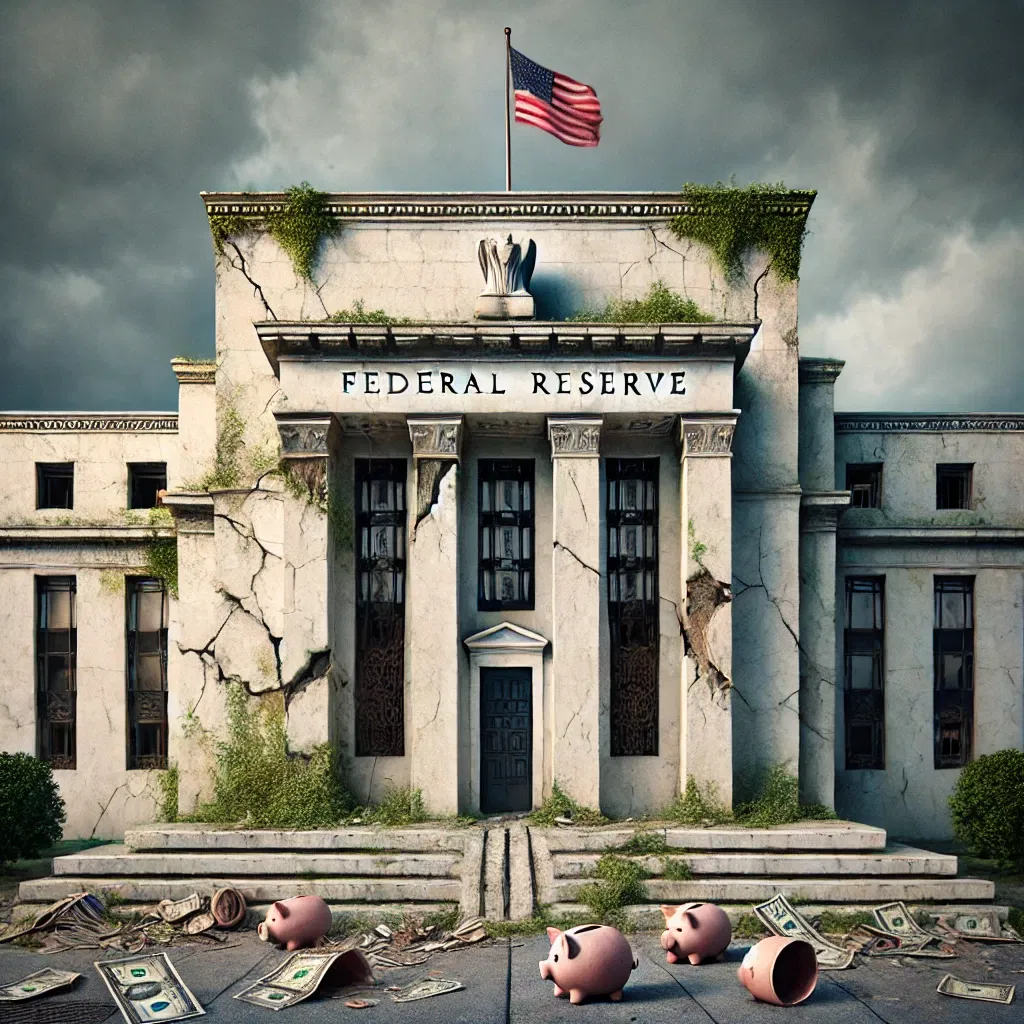Burgers make better economic indicators than official statistics ever could.
As I travel, I typically perform an informal price study of my own basket of consumer goods– a loaf of bread, a pack of cigarettes, a liter of petrol, and a handful of… non-family friendly wares.
This is the type of information that is most valuable for me because, everything else equal, goods of similar quality should cost the same around the world.
Unfortunately, Heisenberg was correct when he postulated that I am not capable of being in multiple places at exactly the same time… which is why I get excited whenever the Economist releases a new iteration of its Big Mac Index.
The Big Mac Index compares worldwide prices, converted into dollars, of the McDonald’s signature sandwich. It is an excellent, though certainly not conclusive, indicator of whether a nation’s currency is undervalued or overvalued.
The most recent release from July 16th confirms absolutely what I am seeing on the ground here in Europe: the Eurozone is seriously overvalued…by roughly 30% according to the index.
In other words, the burger will set you back $4.62 based on the current euro/dollar exchange rate, 30% more than the $3.57 paid in the US.
This would suggest, in theory, that the euro should fall from $1.42 to $1.08 in order to achieve parity with the dollar’s purchasing power.
Admittedly, there are some flaws in the index.
Europe is, and always has been, more expensive than the United States– taxes, regulation, and employer contributions are out of control… though I suspect the United States will catch up shortly. These obligations drive up natural price equilibrium and pollute purchasing power parity.
My own experiences suggest that government influence adds 10% to prices in Europe, meaning that the euro’s range should be between $1.18 to $1.25. At its present valuation, the euro is terribly overpriced.
Right now I am in Budapest, one of my favorite cities in the world… Budapest has an amazing mix of culture, beauty, and elegance, with just a hint of sordidness so that it’s not too stuffy. Not to mention it’s every bit as nice as Paris at a significant discount.
I was last here in December when the Hungarian forint was trading at 230 per US dollar. At the time, Budapest was the cheapest ‘nice’ city in the world… this was based on an artificially low, panic-induced exchange rate that I knew couldn’t last.
It didn’t.
Despite being on the brink of economic collapse, Hungary’s forint has gained to 195 per US dollar, an 18% increase; that, plus a small dose of inflation, has reduced Budapest’s price appeal for dollar consumers and investors. Prices are still reasonable, but certainly not ‘cheap’.
In fact, I would say that in terms of cost of living competitiveness, the ship has sailed for the entire European Union, at least for now. There are certainly a few exceptions– parts of Poland, Bulgaria, and Lithuania to a degree.
Fortunately, I expect this to change in the future. The entire continent is anchored on the euro, and that currency is dead man walking… for all of the problems in the United States absolutely pale in comparison to old Europe’s economic and fiscal woes.
Italy, Greece, and Spain in particular are in such financial turmoil, their only solution is the oldie but goodie political tactic of inflating the currency by printing more of it. Barrack Obama is giving a clinic as we speak.
In order for these countries to have full monetary flexibility, they would have to break apart from the Eurozone. The resulting loss of confidence would send the currency spiraling into a historical footnote.
Even monetary disruptions in countries that have pegged their currencies, but not yet fully adopted the euro (… Latvia, for example) have the power to shake confidence in the unified currency.
The likelihood of just one of these events occurring (Italy or Greece dropping the euro, Latvia devaluing, etc.) is effectively 100%– and this is low hanging fruit in my book.
I have an idea to safely profit from the euro’s demise, but I would like to hear from you first, as always… especially if you have an alternative assessment on the euro’s future.
In the meantime, I believe that Asia and Latin America currently present the best cost of living value, and I will be focusing on these regions in future missives.







